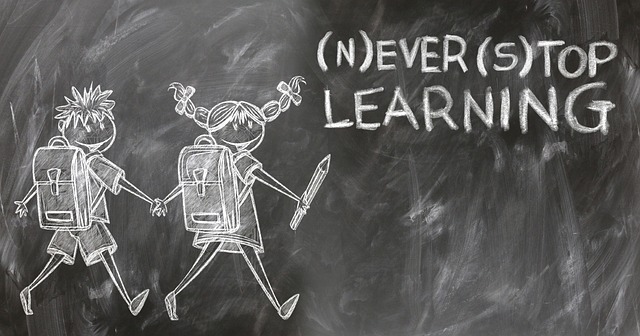
Introduction
The flipped classroom teaching model has revolutionized education by shifting direct instruction outside of class, allowing teachers to use classroom time for interactive learning. This approach enhances student engagement, promotes active learning, and provides a more personalized educational experience. In this article, we will explore flipped classroom resources, effective implementation strategies, and valuable tools for educators.
Understanding the Flipped Classroom Model
What is the Flipped Classroom?
The flipped classroom technique involves reversing traditional teaching methods. Instead of introducing new content during class, students learn through videos, readings, or interactive modules before attending in-person lessons. Class time is then used for discussions, problem-solving, and hands-on activities.
Benefits of Flipped Classroom Instruction
- Personalized Learning: Students learn at their own pace.
- Better Engagement: Class time is dedicated to meaningful discussions and activities.
- Increased Retention: Active participation improves understanding.
- More Student-Centered Learning: Encourages collaboration and critical thinking.
Flipped Classroom Teaching Strategies
1. Pre-Class Preparation
- Assign video lessons or readings before class.
- Use tools like Edpuzzle (https://edpuzzle.com) to make videos interactive.
2. Interactive In-Class Activities
- Conduct group discussions and problem-solving sessions.
- Utilize digital tools like Kahoot! (https://kahoot.com) for quizzes.
3. Post-Class Reflection
- Encourage students to reflect on their learning.
- Use discussion forums like Padlet (https://padlet.com) to facilitate post-class conversations.
Essential Flipped Classroom Resources for Teachers
1. Video Creation and Hosting
- Screencast-O-Matic (https://screencast-o-matic.com) – Easy video recording and editing.
- YouTube (https://www.youtube.com) – Share instructional videos.
- Flipgrid (https://info.flip.com) – Encourage student video responses.
2. Learning Management Systems (LMS)
- Google Classroom (https://classroom.google.com) – Organize lessons and assignments.
- Moodle (https://moodle.org) – Create a structured flipped learning environment.
3. Interactive Learning Platforms
- Desmos (https://www.desmos.com) – Interactive math tools.
- Khan Academy (https://www.khanacademy.org) – Free video lessons and exercises.
- Nearpod (https://nearpod.com) – Engage students with interactive lessons.
Designing a Flipped Classroom Curriculum
A well-structured flipped classroom curriculum follows a clear sequence:
- Pre-Class Learning: Students engage with digital content.
- Classroom Activities: Apply knowledge through collaborative tasks.
- Assessment and Feedback: Use quizzes and projects to evaluate progress.
Flipped Classroom Study and Research
Studies show that flipped classroom instruction improves student performance and engagement. Research by the Harvard Graduate School of Education (https://www.gse.harvard.edu) highlights its impact on deeper learning.
Conclusion
Implementing the flipped classroom style requires the right tools and strategies. With resources like Google Classroom, Khan Academy, and Screencast-O-Matic, teachers can create dynamic and engaging flipped learning experiences. By leveraging these flipped learning resources, educators can transform their teaching and enhance student outcomes.